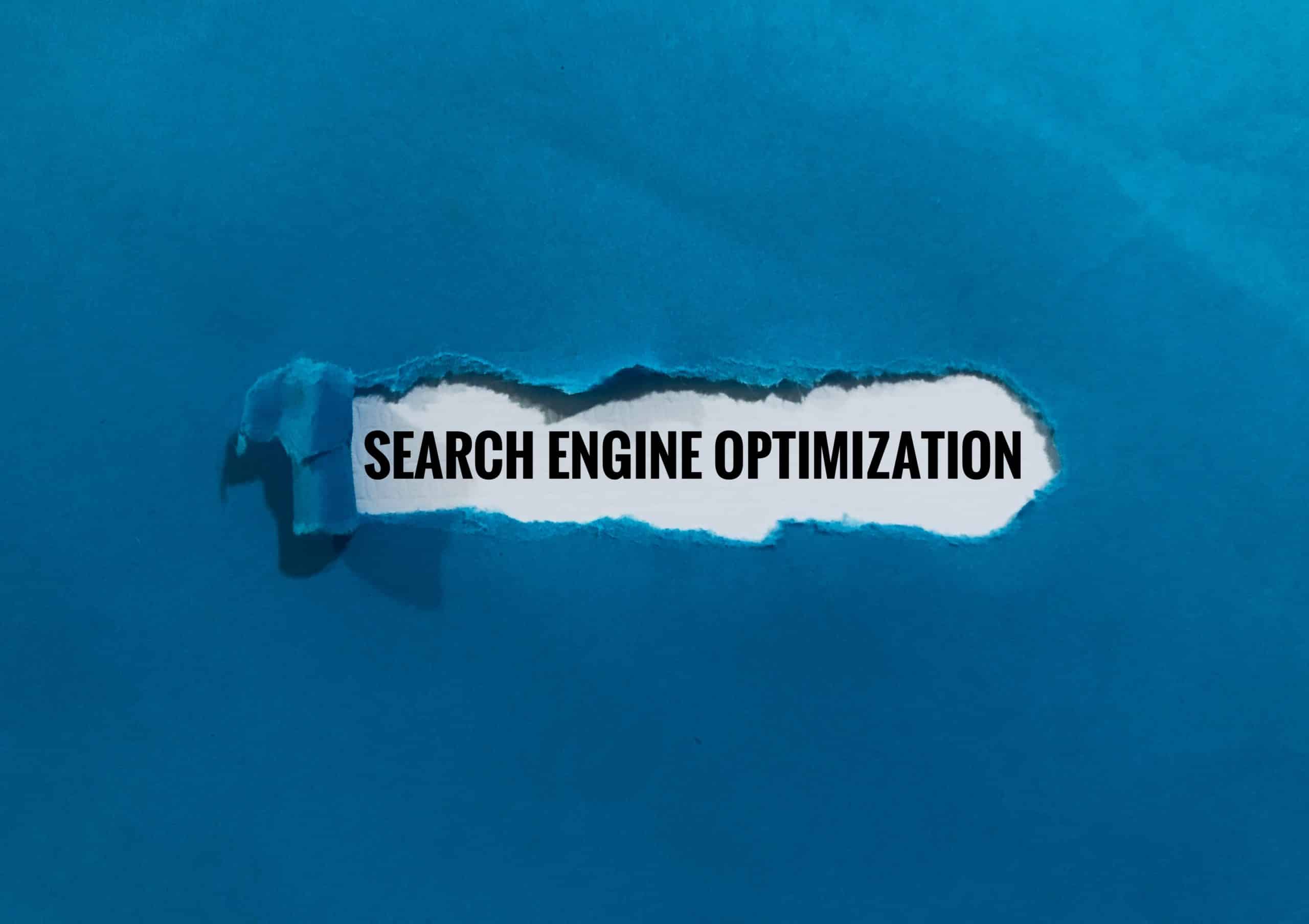How Can Advanced Analytics Improve Patient Flow in UK Hospitals?

The advancement of technology and the increasing availability of data have revolutionised numerous sectors, the healthcare industry being no exception. With the National Health Service (NHS) often under strain, a solution to enhance efficiency and improve patient care is on everyone’s wish list. This is where advanced analytics comes into play. By leveraging data, hospitals can improve patient flow, thereby improving the overall quality of care.
The Importance of Patient Flow
Patient flow refers to the movement of patients through a healthcare facility. It’s an essential aspect of hospital management, crucial for ensuring optimal patient care and maximising available resources.
Dans le meme genre : How to Create an Engaging Podcast on UK’s Local History and Heritage?
Efficient patient flow means patients are seen at the right time, by the right healthcare provider, in the most suitable environment. It reduces waiting times, enhances patient satisfaction, and allows for better utilisation of hospital resources. However, achieving this efficiency is no easy feat. It involves coordinating numerous variables such as staff availability, bed management, and patient needs.
Therefore, it is no surprise that enhancing patient flow is a high priority for the NHS.
Sujet a lire : Artists touring the UK and Ireland: news and dates
Data and Patient Flow Management
With the exponential growth in medical data from clinical records to wearable devices, there’s never been a better time to harness this information to improve patient flow. But, handling such vast volumes of data and extracting meaningful insights require advanced analytics tools.
Using these tools, hospitals can utilise big data for predictive analysis, looking at patterns and trends to forecast future needs. For instance, analytics can identify peak times for certain conditions, thereby allowing hospitals to plan staffing and resources accordingly.
Additionally, data analytics can help in real-time decision making. The system can alert clinicians to potential bottlenecks or delays in the care process, enabling immediate action to rectify the situation.
In essence, data provides the tools to manage patient flow proactively rather than reactively.
Case Studies: Advanced Analytics in Action
Advanced analytics is not just theory but a practical solution already making waves in the healthcare sector. Let’s look at some case studies.
Study 1: Improving A&E waiting times
One NHS hospital utilised data analytics to tackle the issue of long waiting times in Accident and Emergency (A&E). By analysing patient data, the system could predict the expected arrival time and severity of incoming patients. This allowed the hospital to allocate resources more efficiently, reducing wait times by 30%.
Study 2: Optimising Bed Management
Another NHS trust used data analytics to optimise bed management. The system analysed data from various sources, including admission records and real-time patient flow, to predict bed occupancy. This helped the trust to manage patient admissions and discharges more effectively, improving bed utilisation and reducing unnecessary patient transfers.
The Future of Patient Flow and Data Analytics
The potential of data analytics in improving patient flow is immense. Moving forward, hospitals will increasingly rely on these tools to make informed decisions.
Artificial Intelligence (AI) and Machine Learning (ML) are set to play a significant role in future analytics systems. These technologies can learn from data, improving their predictive accuracy over time. This could lead to breakthroughs, such as predicting individual patient’s recovery times or identifying patients at risk of readmission.
The integration of data from different sources, such as electronic health records, smart devices, and social determinants of health, will provide a more holistic view of patient care. This will allow for even more precise management of patient flow.
However, the adoption of advanced analytics in healthcare is not without challenges. Issues such as data privacy, the need for technical skills, and the integration of new systems into existing workflows need to be addressed. Nonetheless, with the potential benefits on offer, the future of data analytics in patient flow management looks promising indeed.
Data Science and Command Centre: The Game-changers
The concept of a command centre in a hospital setting, powered by advanced data science, is transforming patient flow management globally. A command centre, akin to air traffic control for a hospital, provides a centralised hub that leverages data analytics to monitor, manage, and optimise patient care processes in real-time.
In particular, the command centre offers a bird’s eye view of the healthcare facility’s operations. It uses real-time data from electronic health records, bed management systems, and other sources, to provide visibility into the hospital’s performance. It helps healthcare providers identify bottlenecks, manage resources effectively, and most crucially, improve patient flow.
One of the critical capabilities of a command centre is its ability to predict future events. For instance, using predictive analytics, it can forecast bed occupancy and patient flow, enabling proactive decision-making. It can anticipate high-demand periods, thereby enabling hospitals to adjust staffing and resource allocation accordingly.
Furthermore, the command centre’s potential extends to mental health care, an area where patient flow is particularly challenging. By monitoring and analysing patient data in real-time, the command centre can help mental health professionals anticipate changes in a patient’s condition and adjust their care plan accordingly. This approach ensures that patients receive the right care at the right time, improving their care experience and reducing the length of stay.
To reap these benefits, however, hospitals need to ensure data quality. Poor quality data can lead to inaccurate predictions and misguided decisions. Therefore, maintaining high-quality data inputs is pivotal for effective command centre operation.
The Role of Machine Learning in Enhancing Patient Flow
As we move towards more data-driven healthcare, machine learning (ML) is set to play a transformative role. The ability of ML algorithms to learn from and make sense of vast amounts of healthcare data can significantly improve patient flow management.
In essence, machine learning can extract patterns and insights from big data, predicting future outcomes with a high degree of accuracy. For instance, by analysing past patient data, ML algorithms can predict the length of stay for a patient, allowing hospitals to plan discharge and admission processes more effectively.
Moreover, ML can enhance decision-making in real-time. By processing and analysing data instantly, it can alert healthcare providers to potential issues, such as a sudden increase in patient admissions or an impending shortage of beds. This allows healthcare organizations to respond swiftly, ensuring smooth patient flow and high-quality patient care.
However, the adoption of machine learning in healthcare isn’t without challenges. Healthcare data is often unstructured and complex, making it difficult for ML algorithms to process. Therefore, the development of ML algorithms that can handle such data effectively is a key focus area for researchers.
Conclusion
Advanced analytics, powered by big data, machine learning, and real-time data processing, hold immense potential to transform patient flow in UK hospitals. The emergence of the command centre and the integration of ML algorithms into healthcare systems are promising developments towards achieving this goal.
However, healthcare organizations need to address several challenges, including data quality, integration of new systems into existing workflows, and data privacy, to fully harness the benefits of these technologies.
Despite these challenges, the future of data-driven patient flow management looks bright. As we continue to see advancements in data science and machine learning, the scope of their contribution to improving patient flow is set to expand. In the end, the ultimate beneficiary of these technological advancements will be the patient, with improved care and satisfaction.
